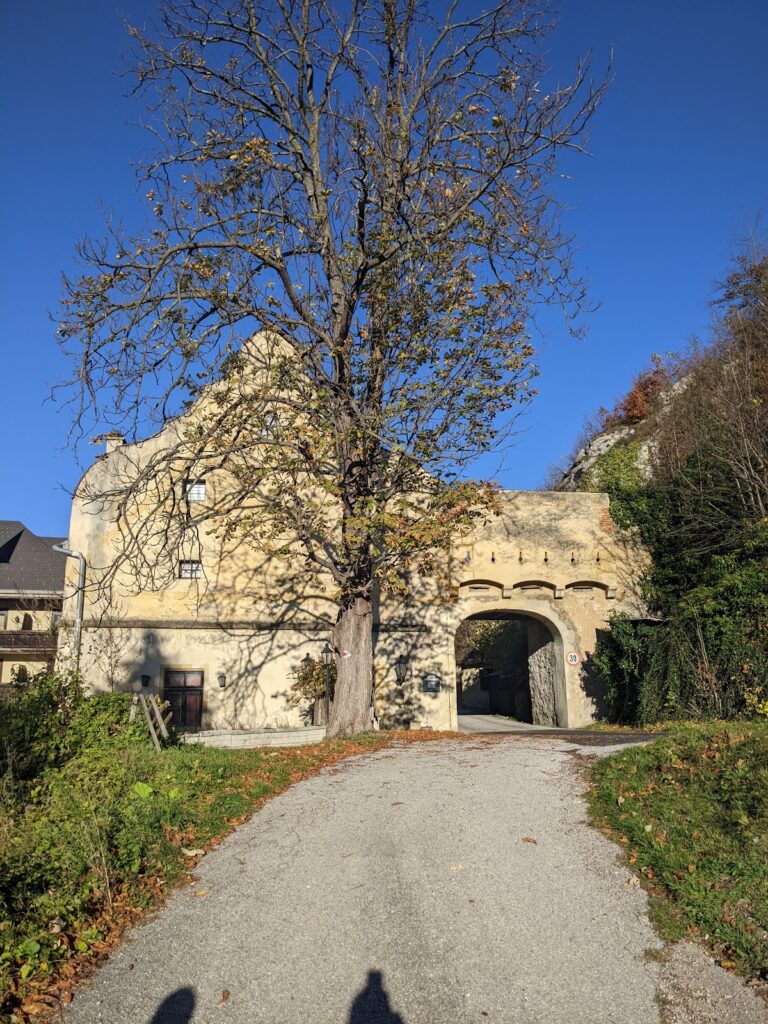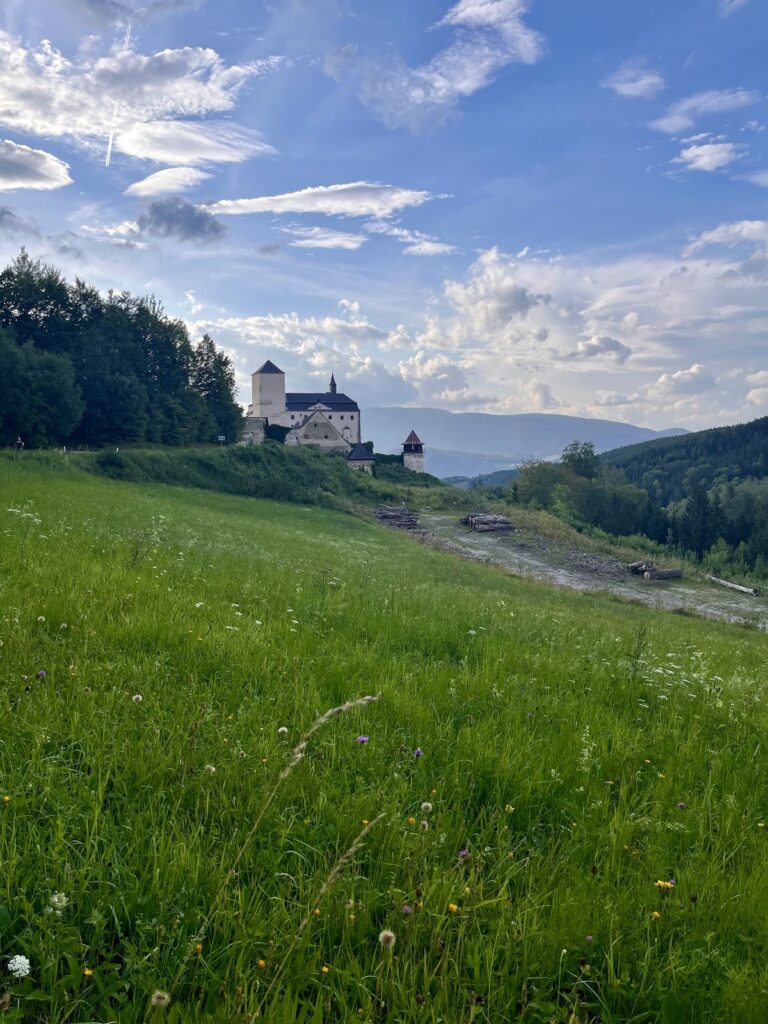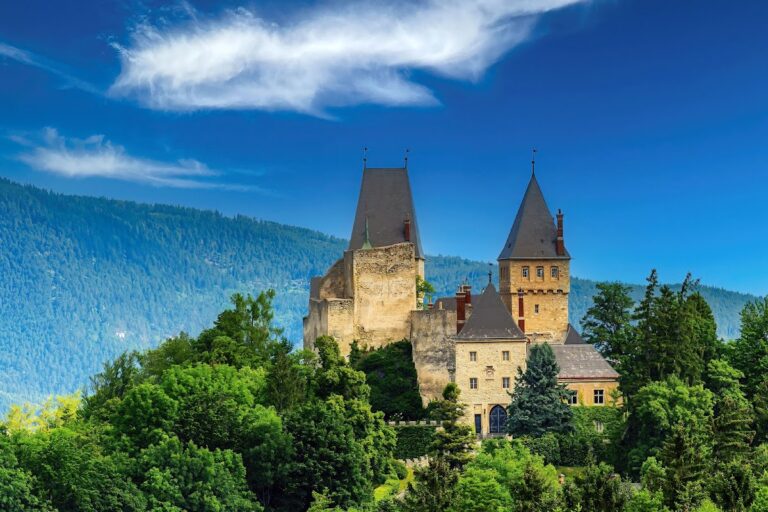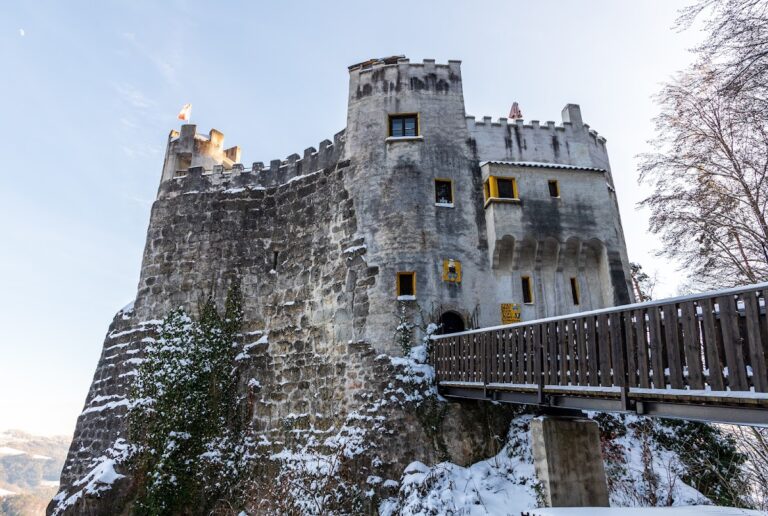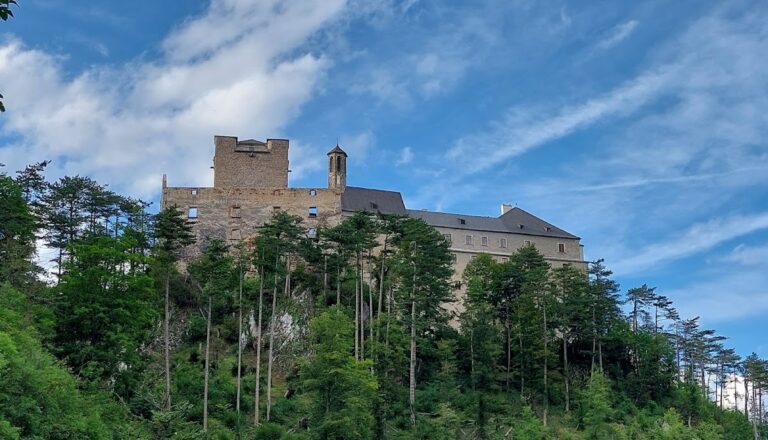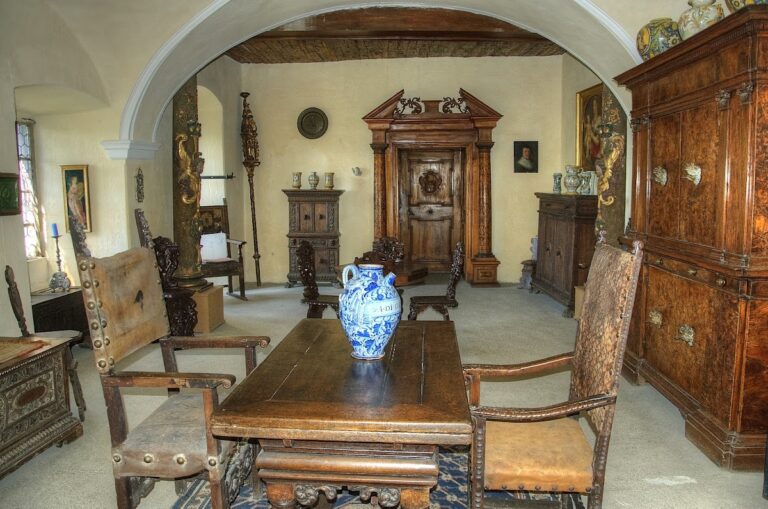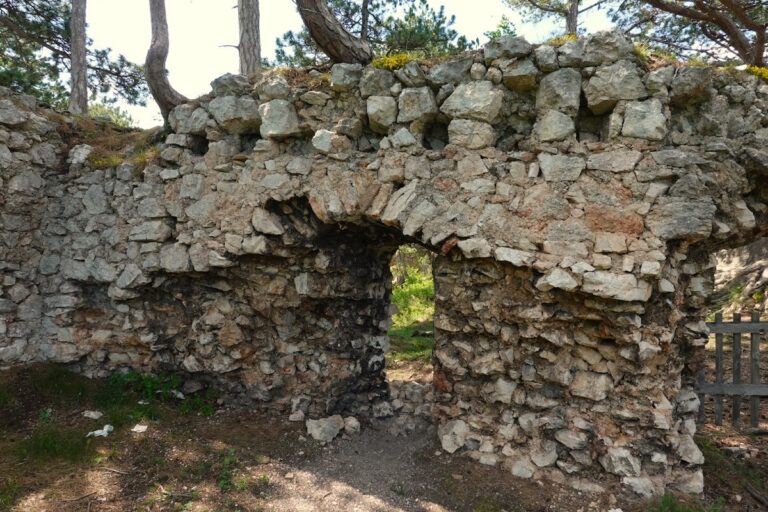Kranichberg Castle: A Medieval and Baroque Heritage Site in Austria
Visitor Information
Google Rating: 4.2
Popularity: Very Low
Google Maps: View on Google Maps
Country: Austria
Civilization: Unclassified
Remains: Military
History
Kranichberg Castle is situated near the village of Kranichberg, within the municipality of Kirchberg am Wechsel in modern-day Austria. It was originally constructed by local medieval nobility during the High Middle Ages, serving as a fortified residence.
The earliest records of Kranichberg Castle date back to around 1150, when a local lord named Sigfrido de Kranichberg was mentioned, confirming the castle’s existence by the mid-12th century. At this time, the castle belonged to the von Kranichberg family, a line of ministeriales—unfree knights or officials—serving the Counts of Formbach and Pitten. These lords held lands spanning the Danube region, Waldviertel, and Mühlviertel, indicating the strategic and administrative importance of the site.
Following the extinction of the von Kranichberg family, ownership of the castle changed hands several times. In 1352, it passed to Ulrich II von Wallsee-Graz, and in 1363, Leutold von Stadeck became its lord. Around 1400, Ulrich von Montfort acquired the castle; his family included Hugo von Montfort, known as a Minnesänger (a medieval lyric poet and singer). By the early 15th century, the castle had become property of the regional ruling authority, referred to as landesfürstlich, and was frequently pledged or mortgaged to various nobles.
In 1480, Kranichberg Castle was seized by King Matthias Corvinus of Hungary during his military campaigns; however, it was returned to its former owners following the Peace of Pressburg in 1491. Throughout the 16th century, the castle served as a fief under the imperial court in Vienna and noble families closely connected to it. This period saw a revival of the castle’s structure, as owner Ulrich Maschwander undertook restoration efforts in the mid-1500s after a time when the fortress had fallen into semi-abandonment.
The castle endured the turbulence of the late 17th century, likely maintaining enough fortification to resist the widespread destruction during the Turkish siege of Vienna in 1683. However, a severe fire in 1745 caused heavy damage to key sections, including the entrance front and the west wing. The subsequent reconstruction transformed the fortress into a Baroque-style residence under Anton Franz Adam Graf von Lamberg. During the late 18th century, specifically in 1768 or 1769, ownership transferred to the Archdiocese of Vienna.
During the Second World War, the castle was repurposed to house German expellees who had fled from the Dobruja region. In the following decades, the castle changed owners multiple times, including an acquisition by American industrialist Henry Reichhold and later by various private individuals. Contemporary plans have considered converting the site into a museum dedicated to dolls and toys as well as a cultural center for meetings and events.
Remains
Kranichberg Castle stands prominently atop a hill, overlooking the surrounding landscape north of the village bearing its name. Its layout is centered around a roughly square footprint, consisting of four wings that frame a spacious inner courtyard. The main building rises three stories high, reflecting the adaptations made across centuries.
A dominant feature of the site is the bergfried, a five-story main tower traditionally used in medieval castles for defense and as a last refuge. This tower remains the tallest structure on the property and retains its original medieval characteristics, including a very limited number of small windows and a pyramidal roof. While the castle once boasted three towers, only this single tower still survives, preserving a direct link to its fortress origins.
Over time, especially after the 18th-century reconstruction, much of the castle’s medieval fortress appearance was altered. The walls and buildings took on the stylistic forms of a Baroque palace, losing many typical defensive elements in favor of a more residential and representational character. The entire complex includes an extensive outer bailey, an enclosed courtyard area that once served both defensive and practical functions. A historic road connecting Gloggnitz over the Ramssattel to Kirchberg passes through this outer bailey, emphasizing the castle’s connection to regional routes.
Within the outer bailey, a modern hotel had been established, though it has been closed for several years in recent times. The castle is recognized as a protected cultural heritage site under official number 32308, ensuring its preservation and highlighting its historical significance.
The various construction phases and functional adaptations of Kranichberg Castle are visible in the surviving buildings and layout, offering insights into medieval defensive architecture and later Baroque modifications while anchoring the site firmly in the history of Lower Austria’s noble estates.



